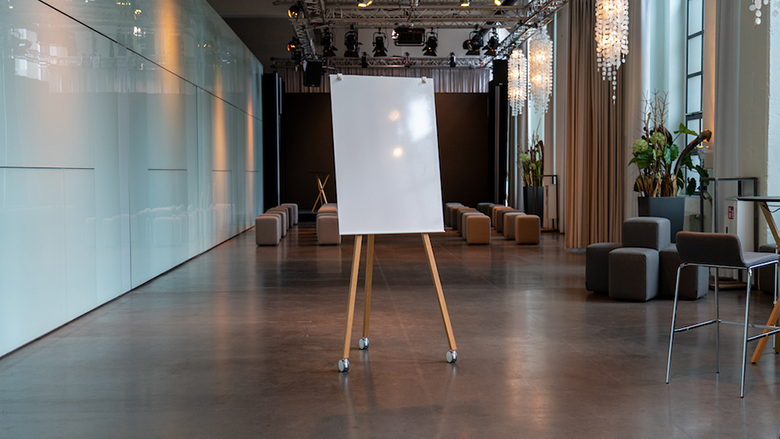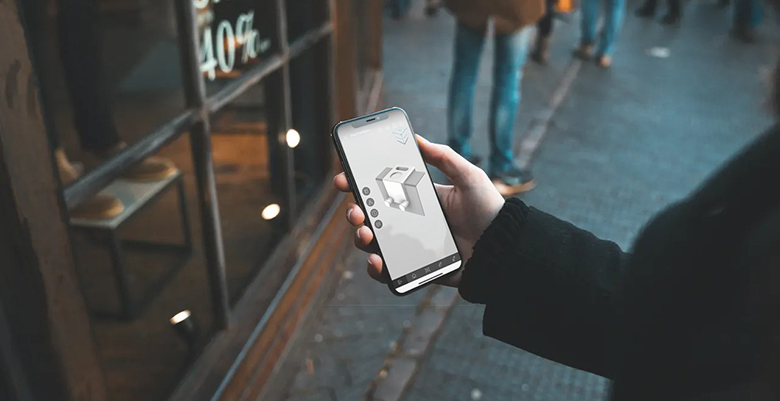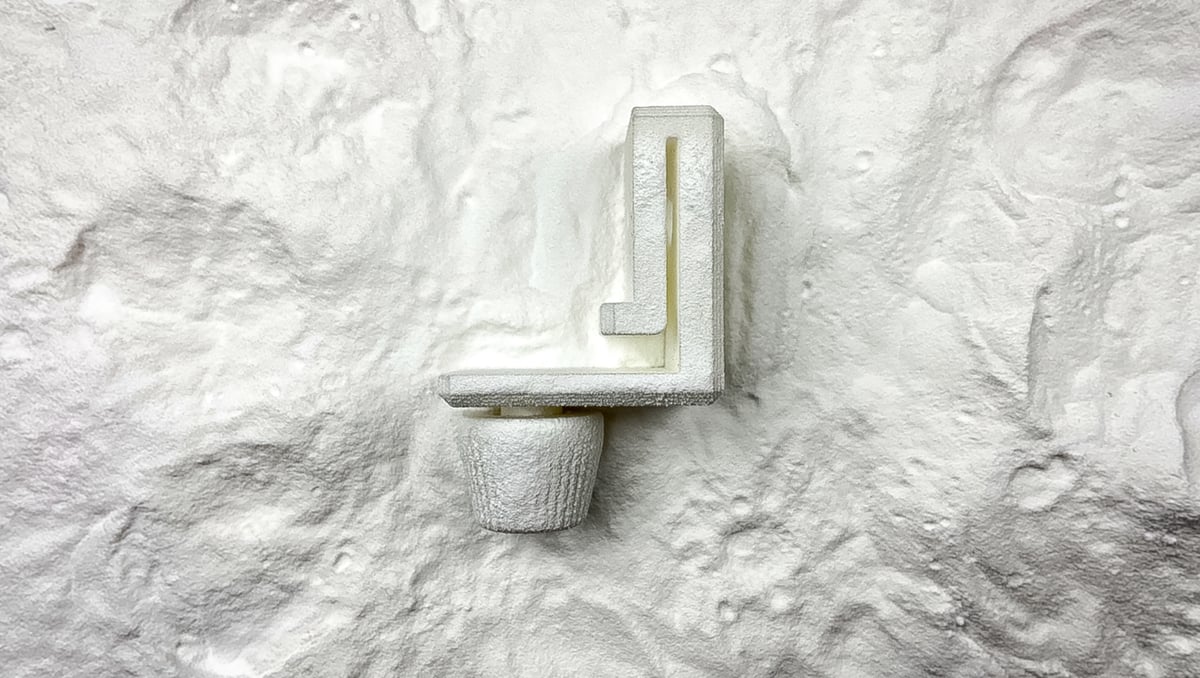Case Study At A Glance
For Philipp Süß, additive manufacturing is a marriage of art and science. “The engineering profession is highly creative and additive manufacturing gives us the freedom to implement this creativity technically.”
This perspective guides his three-year-old 3D printing company Süß & friends, a team who offer more than a printer for hire. Like many among this new breed of small 3D printing companies, it offers creative guidance plus a manufacturing solution for production parts.
One recent client is a great example of how an idea becomes a prototype then becomes a product.
Reimagining the Flip Chart

Product developer Yannick Fiume attaches great importance to design, individuality, and precision in his products. In his previous career as an event manager he created custom environments with the combination of furniture and other setting but was always bothered by work items, such as flip charts and presentation walls.
“They’re bulky, unsightly and complicated to store and transport,” says Fiume. “My idea was to design a flip chart that not only combines several functions and eliminates storage and logistics problems, but, as a design object, enhances the space. I wanted to break new ground with the flip chart brackets and, I wanted to be able to realize a great design at a reasonable price.”
The flip chart he developed had to follow his design values. A central component of his flip chart are the brackets that hold the flip chart pad and give the pens a quickly accessible storage place. To be able to develop and also produce an individual and unique holder, he turned to local 3D printer Süß & friends.
Collaborating With The Printer

From the very beginning it was clear that for this product to become a reality, a constant exchange with the designer and frequent iterations were going to be crucial.
“In a first meeting we exchanged design ideas with the customer and sketched first concepts of the product,” says Süß. Based on technical and aesthetic requirements, Süß selected a suitable manufacturing process and material. He then converted the sketches into a digital data model using computer-aided design software.
With digital 3D models of the product housed in a cloud server, Fiume could view an up-to-date model of the product on any device connected to the Internet at any time and actively participate in the development process. Changes to the design could then quickly be integrated. “This process not only saved us time, but also money,” says Süß. “After the first digital version of the flipchart bracket was finalized, we started to produce the first physical prototype.”
Prototypes Reveal a Better Direction

The prototype was made on Süß & friends’ Zortrax Inkspire resin 3D printer using the Zortrax Resin Basic. After the printing process, the prototype was post-processed to remove the supporting structures. In only two days, the customer had his first physical model in his hands. “This was an important step,” Süß says, “because, in contrast to a rendering, the haptics and the optical effect of the bracket could be experienced and tested on the flip chart.”
Once the brackets are slipped onto the powder-coated sheet metal of the flip chart, the hole spacing can be freely adjusted so its compatible with many flip chart pads on the market. The brackets have two hooks at the front to attach the pad. The magnet on the top of the product allows the clip to be securely stored on the back of the flip chart when the flip chart is used as a whiteboard.
“In a workshop after an initial iteration step, we worked out further optimization approaches together with the product developer,” says Süß. “When testing the prototype, we realized it should be compatible with the flip chart pads of all manufacturers.”
Süß and Fiume also realized that the hooks of the bracket and the groove for mounting the screws stood out too much from the minimalist design of the rest of the flip chart. Together with the help of sketches and digital 3D models they developed a second concept of the bracket. The hooks were replaced by a screw connection.
“We have replaced the previously visible mounting screws with a single screw that is concealed by the magnet. This makes the entire surface of the holder smooth and underlines the minimalist design,” says Süß. The fine shape of the screw cap that holds the sheets in place rounds off the previously angular contour and matches the design philosophy of the rest of the flip chart.

3D Printing for Series Production

For the final version of the product, Süß chose selective laser sintering in his Formiga P 110 Velocis with polyamide (PA12) for high accuracy and good mechanical properties. The process requires no support structures and the brackets can be installed directly without post-processing.
From initial design iteration to final product took Süß and Fiume only four weeks.
“With the help of additive manufacturing processes and our agile working method with cloud-based design programs, we were not only able to realize a fast iteration process, but also to initiate series production of the product in a cost and time-effective manner,” says Süß.
License: The text of "Case Study: 3D Printing For Prototype & Production" by All3DP Pro is licensed under a Creative Commons Attribution 4.0 International License.